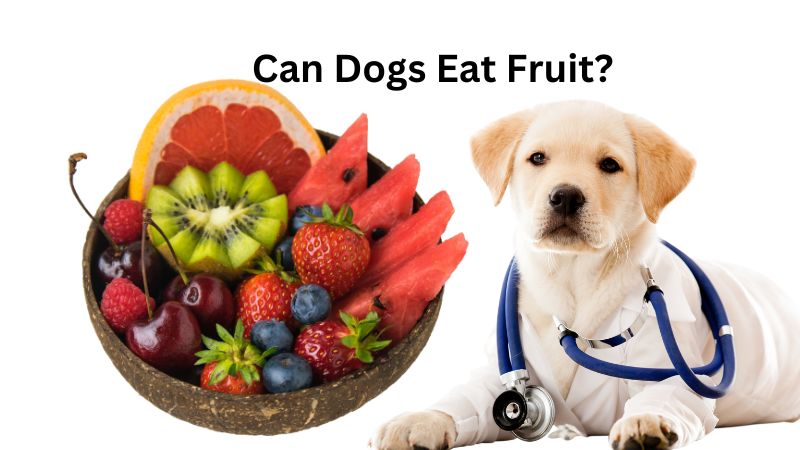
Whether it’s apples, strawberries, bananas, pears, or any other sweet fruit, it’s a big feast for dogs with a huge appetite when they eat sweet and tasty fruits.
There is no doubt that many owners believe their dogs love fruits too. Combined with their staple food, it is a fruit with many benefits for dogs.
Nevertheless, did you know that there are certain fruits that dogs should not eat? It is time to discuss which fruits are okay for dogs to eat and which are not.
Does a dog need fruit?
There is a lot of nutrition in fruits that is necessary for human health. You should take the recommended amount of nutrition, such as vitamins. However, what about dogs?
In general, dogs do not need to eat fruit to survive. The necessary nutrients can be obtained from dog food, so the fruit can only be used as a supplementary food or snack.
Dogs don’t need to consume fruits, but they can provide various benefits if they are included in their meals and snacks.
fruit
Your dog’s skin and coat will benefit from hydration with fruit and vitamins that promote skin and coat health. Additionally, giving fruit as a treat will help you communicate with your dog. The opposite is true: feeding them large amounts of fruit may result in poor health, such as diarrhoea.
It’s also important to note that some fruits contain highly toxic compounds that can harm your dog’s body.
As well as being tasty and sweet, the fruits are also very appealing to dogs. In this case, it has the disadvantage of not eating dog food and wanting human food. When feeding fruit to your dog, please pay close attention to the type, amount, and how you give it.
Dog-friendly fruits
Tangerines
A high level of vitamin C in tangerines benefits your dog’s body.
Feeding tangerines to seniors and dogs that regularly use medication is essential. Additionally, even young dogs are prone to a lack of vitamins in the summer, so feeding them tangerines is best.
Giving about three bunches (3 tablets) daily to an adult dog weighing about 5 kg is recommended. Taking large doses can cause diarrhoea, so be careful.
If you give it to your dog, peel off the outer skin and remove any streaks or bags.
Pear
Pears with high moisture content provide excellent hydration. It also contains aspartic acid, which has the effect of recovering from fatigue as well as maintaining the health of the coat and skin.
You can give your dog peace of mind by giving them pears since pears contain no dangerous components for dogs.
A daily intake of about 20g should be considered an upper limit. Pears contain a lot of water so overeating can cause diarrhea and indigestion.
To remove seeds and cores from the skin, turn the skin over. It would be best to cut it into pieces that your dog can eat and ensure it doesn’t get stuck in its throat.
Apple
The sweet aroma and crunchy texture of apples whet the appetite. Many dogs enjoy apples.
In addition to vitamin C, apples contain pectin, a type of water-soluble dietary fibre. You can give your dog pectin if he is constipated because it helps the stomach and intestines.
A standard daily intake of 20g is recommended, the same as for pears. You should remove the skin, core, and seeds cut them into pieces that are easy for your dog to eat, and give them to your dog little by little.
Persimmon
You’ll want to eat persimmons in autumn. Their vitamin C content resembles that of tangerines and apples, and they contain an essential amino acid called arginine.
The dog receives about 15g of food per day. You can use a human bite size as a guide. Persimmons are high in sugar, so eating too many can cause excess calories.
The magnesium, potassium, and phosphorus found in persimmons can also increase the risk of kidney disease if consumed too much.
Seeds in persimmons are large, so avoid rounding them. When feeding your dog, remove all leaves, skin, and seeds.
Banana
B bananas are such nutritious fruits that they are used to replenish energy.
Additionally, it is rich in B vitamins and dietary fibre, which tone the dog’s coat, skin, and gastrointestinal tract.
Bananas are high in calories because they are high in sugar.
For a large dog weighing about 40 kg, you should give them about one banana, and for a small dog, about one banana cut into rings.
Remove the streaks from the skin, slice them into small pieces, and give them little by little.
Dogs should not be given certain fruits.
Grape
In terms of fruit, grapes are considered the best fruit dogs shouldn’t eat. There has been a risk of acute renal failure associated with large doses noted.
While it is said that only one tablet won’t cause any problems, in some cases, it can lead to poisoning symptoms such as decreased appetite and vomiting.
The phrase “just a little bit?” can have fatal consequences. Dogs should be kept from accessing where grapes are eaten and stored.
Fig
Figs contain fiction and psoralen, both of which cause allergies.
Despite its moderate intestinal regulating effect on humans, Fumin is poisonous to dogs. In addition to diarrhea and vomiting, psoralen can also cause poor health.
Avocado
Aside from preventing arteriosclerosis, avocados are also effective against lifestyle-related diseases. Even though many people think avocados are vegetables, they are classified as fruits.
Growing avocados in ASIA produces a bactericidal compound called persin. Humans are not affected by it, but if ingested in large quantities, dogs may suffer poisoning symptoms like diarrhea, vomiting, etc.
Aside from this, avocados have large seeds, which can cause intestinal obstruction if accidentally ingested, as has been pointed out.
Prune
Besides being rich in iron, prunes have other benefits, such as beauty benefits and intestinal regulation.
Dogs with allergies may have difficulty breathing if they eat. Furthermore, prunes contain potassium, so you must be aware of hyperkalemia, etc.
In the unlikely event that your dog eats prunes, seek veterinary care immediately.
Dogs and fruit: what to watch out for
Finally, let’s talk about what you must remember when feeding your dog fruit.
Peels, seeds, cores, leaves, and stems are removed.
Fruits such as apples contain abundant nutrients in their skin, but dog owners should peel them and feed them only the fruit part.
It is challenging to digest seeds, cores and stems, and they can get stuck in the throat and stomach if swallowed as is.
Beware of allergies
Even fruits considered healthy, such as tangerines and pears, can cause allergies in dogs in rare cases.
First, please give it a little and monitor it for any problems. If your dog feels unwell, we recommend that you visit a veterinarian.
Do not give dried fruits and canned food.
They are sweet and savoury foods, but sugar and additives are used to preserve them for a long time.
Fruits are high in calories and contain foods that are not good for your dog, so only give them raw food.
Summary
This article explains what fruits should and should not be fed to dogs.
The owner of a cute dog who asks for fruit usually gets sweet. When giving your dog fruit, consider its health and give the right amount.
Frequently Asked Questions
Can dogs eat dried fruit?
Because dried fruits often contain a variety of fruits, they can also contain fruits that dogs can become addicted to.
The sugar and fibre in dried fruits can result in loose stools and diarrhea. It should not be given to dogs.
Grapefruit and lemon integuments contain intoxicating ingredients that can cause vomiting and diarrhea.
Avoid cutting fruit without peeling it with a knife. It is dangerous to feed dogs lemons! Lemon’s taste and smell are harmful to dogs.
Lemons are a dangerous food for dogs. Small amounts can upset the stomach, while large amounts can irritate the skin and suppress the nervous system.
Is it OK for dogs to eat fruit?
There are, however, some fruits that contain ingredients that can poison or cause allergies in dogs.
After eating fruit, seek veterinary care immediately if your dog exhibits poisoning symptoms or allergies, such as bloodshot eyes, limping, itching, or rash. What fruit is safe for dogs to eat?
Is it safe to give fruit to dogs? Let’s take a look. Dogs can eat tangerines!
The skin of tangerines is not dangerous to dogs, nor are the white streaks.
Nutrients citric acid, potassium, and pectin are also safe for dogs. Is it safe for dogs to eat tangerines?
Can integuments be harmful? Food in a can, jelly or ice cream? Don’t let diarrhea get you down! You can let your dog eat apples!
Is it OK for dogs to eat eggplant?
In addition, eggplant contains alkaloids, a toxin unique to vegetables in the Solanaceae family.
Dogs ingest alkaloids can cause poisoning symptoms such as diarrhea and vomiting. In this article, I will explain the precautions, nutrients, and amounts of eggplants that should be given to dogs.
Giving your dog Eggplant is fine. The eggplant contains 94% water, iron, calcium, vitamins, carotene, and potassium.
Do dogs eat cabbage?
In the opinion of my veterinarian, cabbage can cause cabbage poisoning, so I shouldn’t overfeed it.
Eating a small amount occasionally is okay, but feeding a large amount is not.
I ate one fruit tomato without permission, which caused a reaction, so the vet warned me, but the food seemed safe to eat.
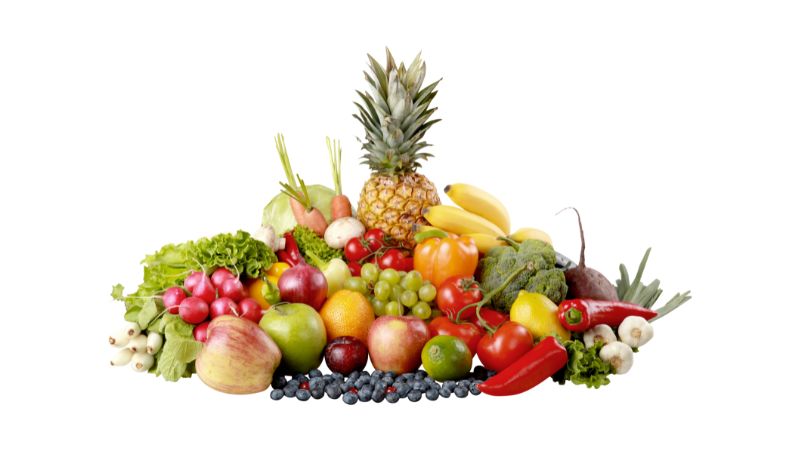
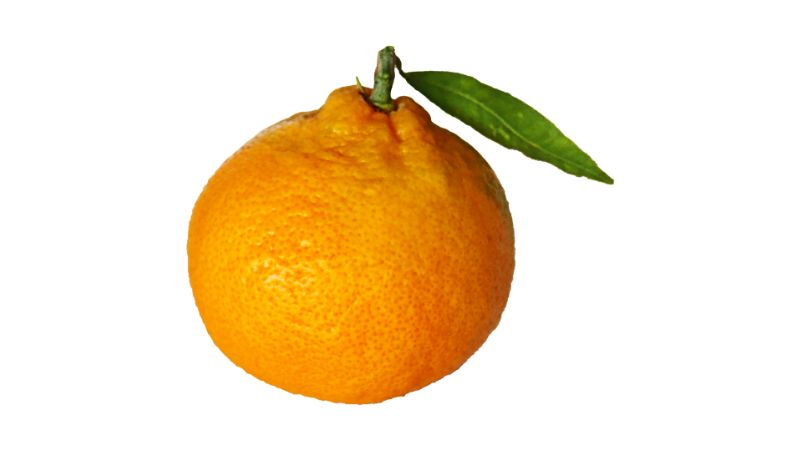
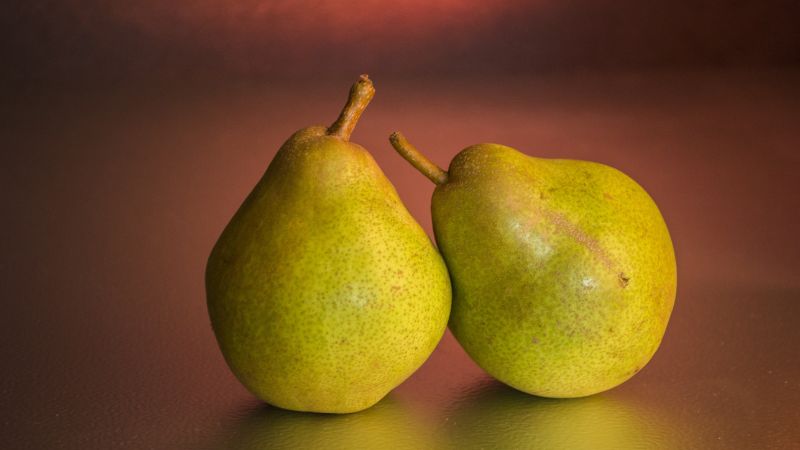

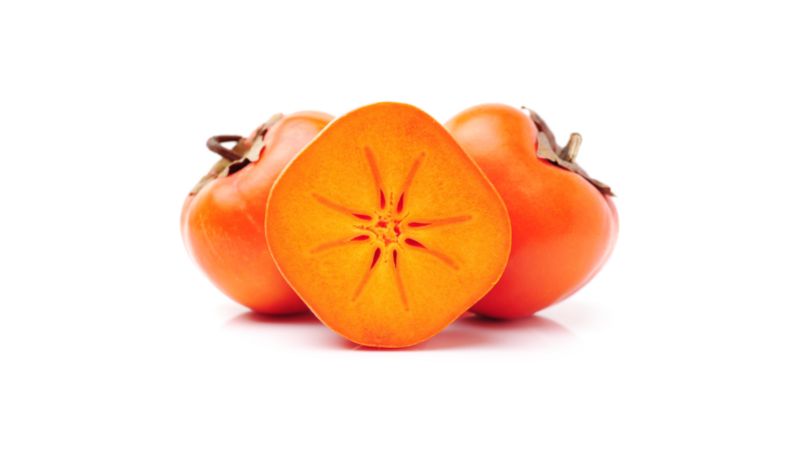
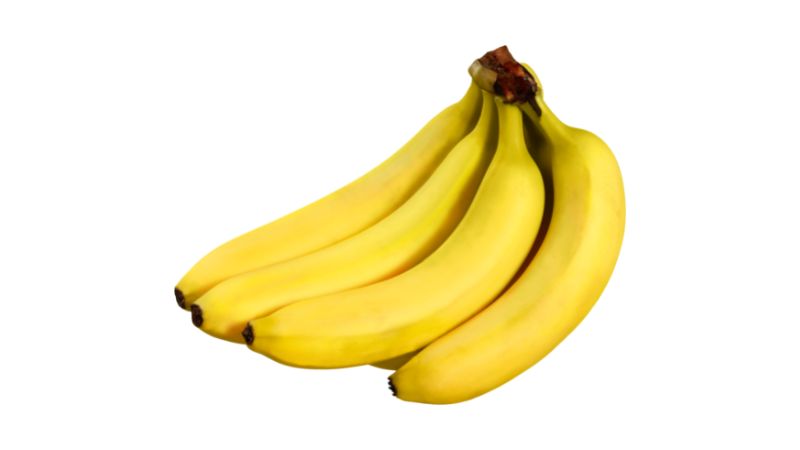
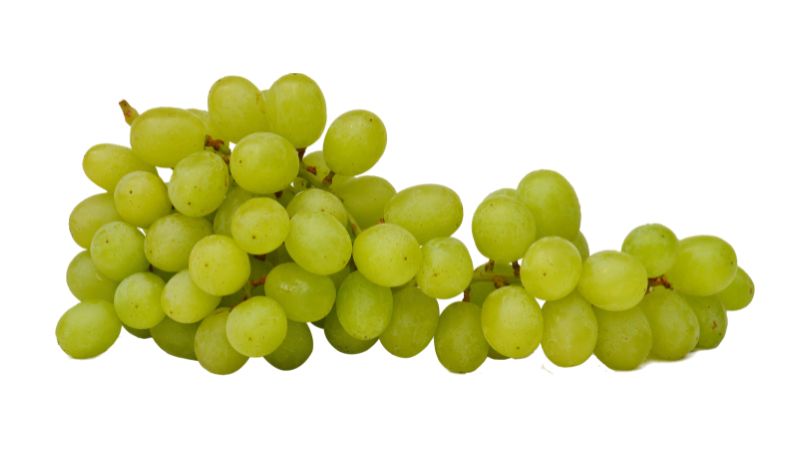
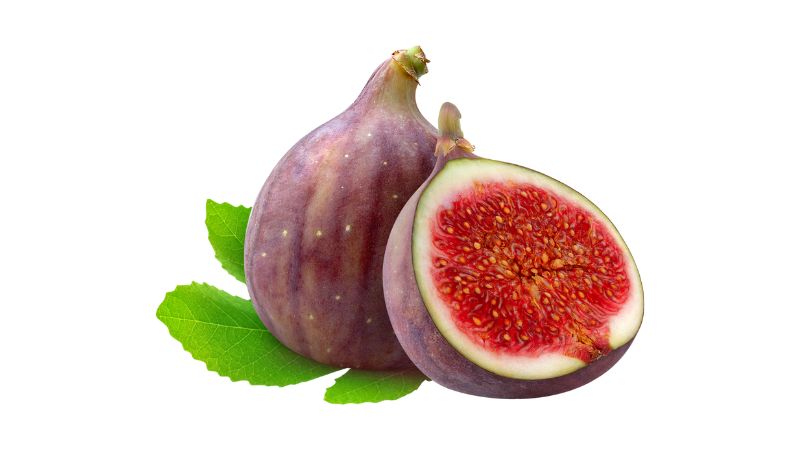
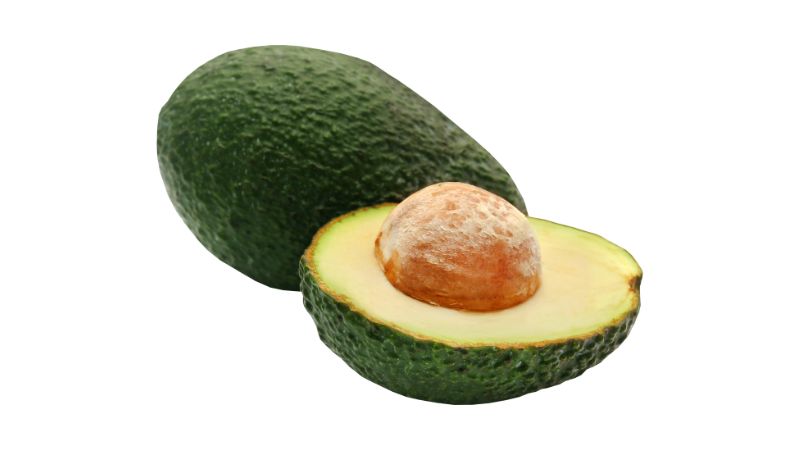

Leave a Reply